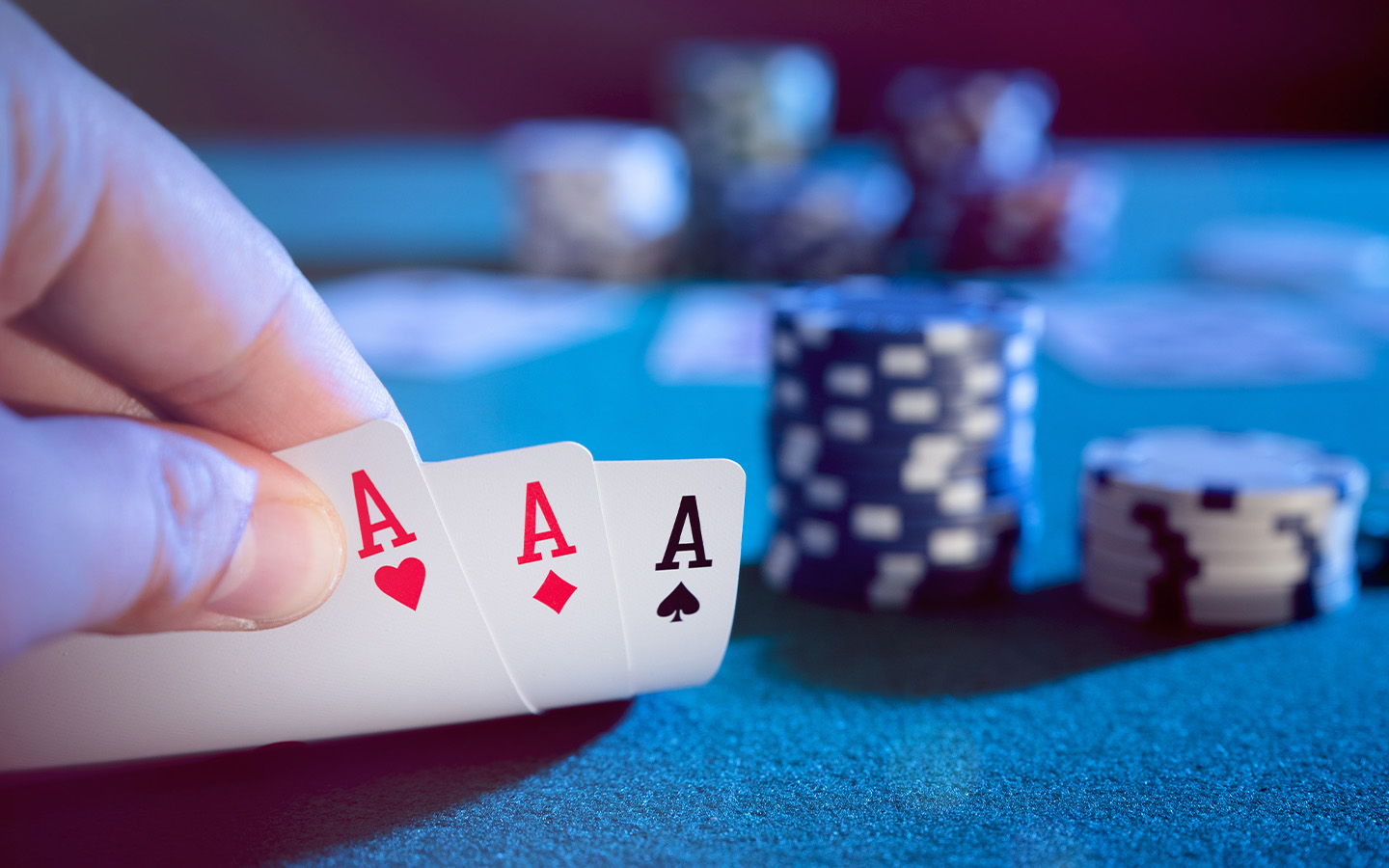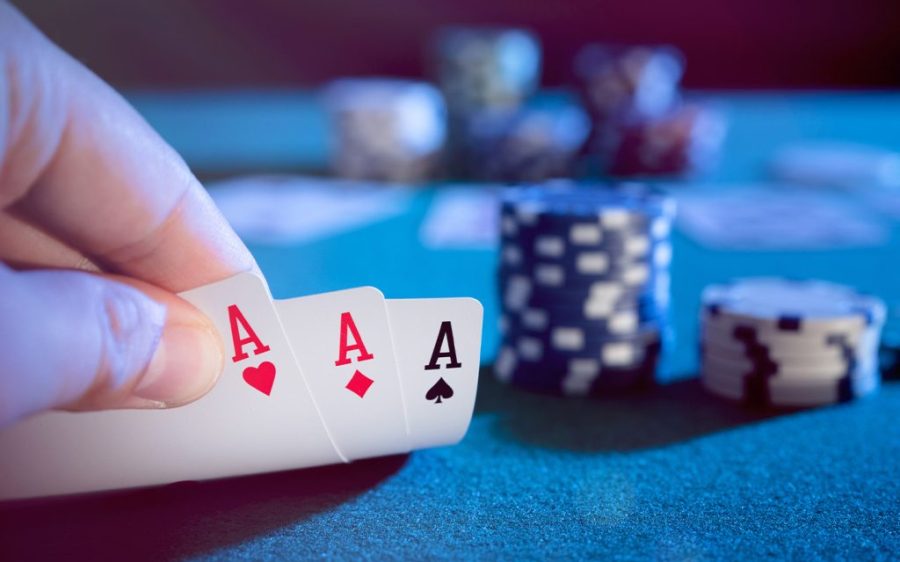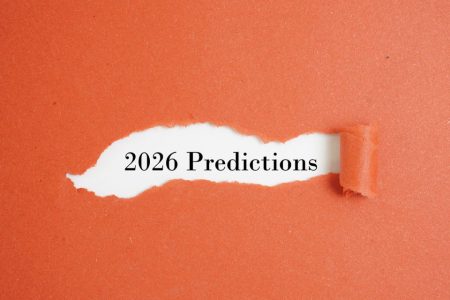Macao may be all about baccarat, but it isn’t the only game in town. Other table games have increasingly made their mark on the gaming landscape, including the intriguingly named fortune three-card poker.
The rules are simple and payouts potentially big. That might explain why fortune three-card poker is currently more popular than Texas hold ’em, pai gow and roulette in Macao.
Before you place your bets on the table, here’s what you should know about the novel card game.
The history of fortune three-card poker
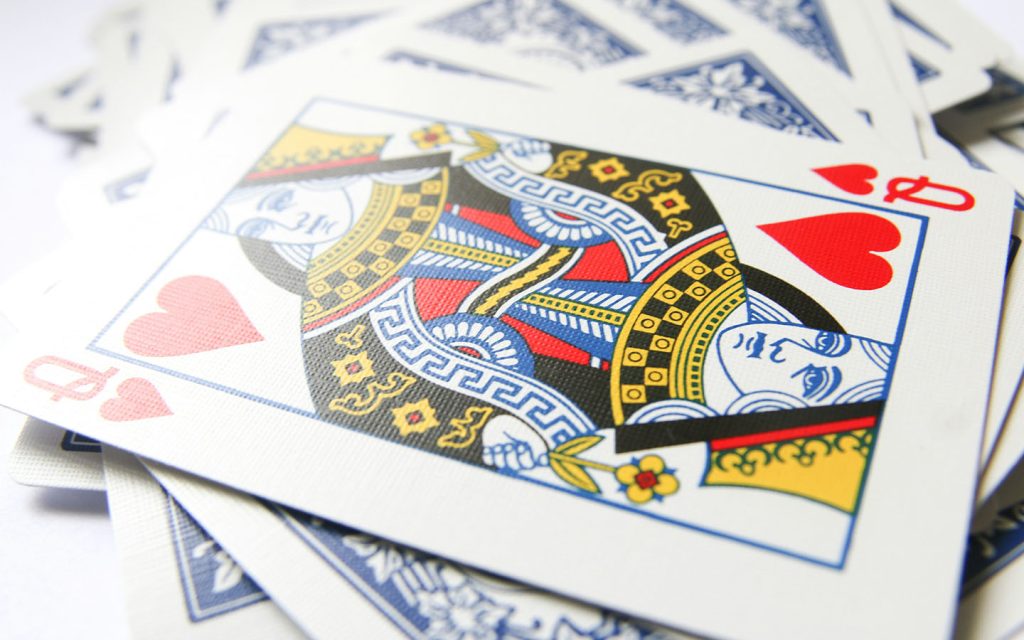
Fortune three-card poker is unique to Macao. Not the game, but rather the name.
We’ll get to that in a moment. But first, a primer.
Unlike centuries-old card games such as blackjack and baccarat, fortune three-card poker is a modern invention. And despite having poker in its title, it isn’t really poker.
In 1994, British poker player and entrepreneur Derek Webb set out to develop a version of poker that moved as quickly as other casino table games. He wanted his game to benefit both players (with easy rules and large payouts) and casinos (with good enough house advantages to make it worth adopting).
[See more: Everything you need to know about baccarat in Macao]
He called it three-card poker. It was not true poker, however, as players bet against the dealer rather than competing against one another. The game simply borrowed from the rules of poker.
But the familiar gameplay helped it find a foothold rather fast.
Once it was patented in 1997, three-card poker fanned out across the US, becoming one of the country’s most successful new table games. After Macao liberalised its gaming industry in 2002, three-card poker began to appear in the SAR’s integrated resorts.
But why “fortune”? When it finally arrived in Macao, a game called three-card poker already existed. To differentiate between the two, gaming operators added the word “fortune” to it.
While still outshined by baccarat, fortune three-card poker today is growing and in 2024, it fell within the top five-most played table games in Macao.
How to play fortune three-card poker
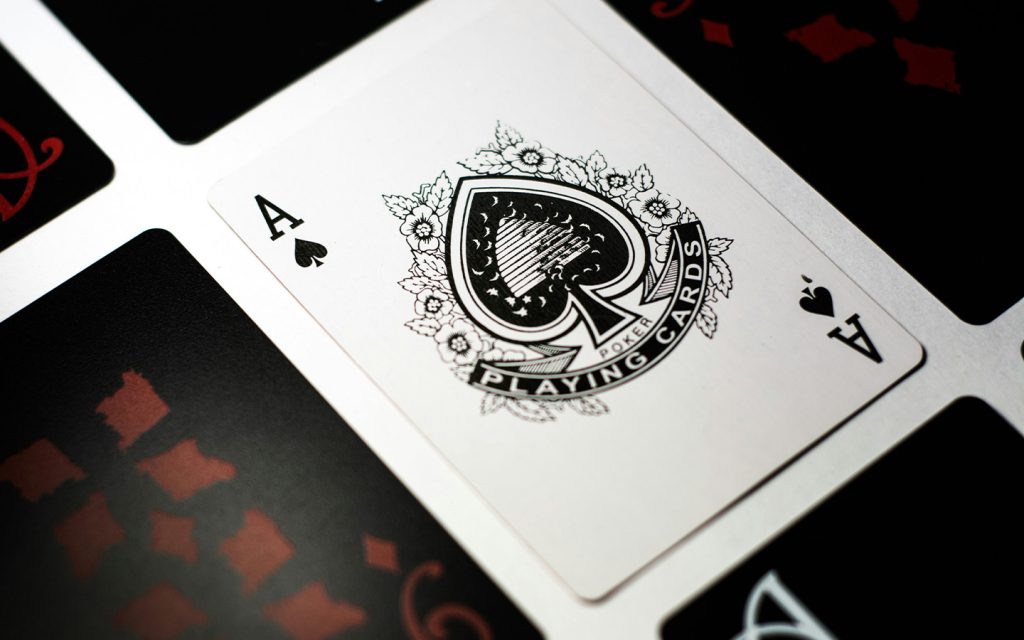
The concept is simple. From a standard deck of 52, players and the dealer are dealt three cards each. Whoever has the better hand wins.
The rules determining a better hand are nearly identical to five-card poker, except that in fortune three-card poker, three of a kind ranks higher than a straight and a flush, and a straight higher than a flush.
In ascending order, the best hands are:
- High card – if the dealer’s best card is a queen and the player’s a king, the player wins
- One pair – two of the same card, such as two jacks
- A flush – three cards of the same suit: diamonds, hearts, clubs or spades
- A straight – three consecutive cards of any suit, such as 4, 5 and 6
- Three of a kind – for example, three 10s
- A straight flush – three consecutive cards of the same suit, such as the 7, 8 and 9 of hearts
To get in the game, players must place an ante – a preliminary bet. They can also place a “pair plus” bonus bet here, but we’ll get to that when discussing strategies.
The cards are then dealt face-down. Recall that players only compete against the dealer, not each other. Players can look at their own cards, but the dealer does not at this point. Players can then fold and concede their ante or place a bet equal to the ante to continue playing. This is called a play bet.
After all the players have decided to play or fold, the dealer reveals their cards, placing them face-up on the table. The dealer must “qualify” to continue playing.
[See more: Everything you need to know about sic bo in Macao]
To qualify, the hand must be a “queen high” or better. That means the hand must have one queen, king or ace. If the dealer draws a jack of clubs, 6 of spades and 3 of hearts, for example, they do not qualify.
If the dealer doesn’t qualify – meaning, they fold – bettors receive even money on their ante bet and their play bet is refunded. If you bet 100 on the ante and 100 on the play, you would receive 300, in other words.
If the dealer qualifies, then the two hands are compared, and the higher hand wins.
If the player has the better hand, the ante and play bets pay even money. For example, if they bet 100 on the ante and 100 on the play, they would receive 400. If the dealer has a better hand, players lose both the ante and play bets. If it’s a tie, then the bets push. Meaning, players get their wagers back.
Here’s where it gets both fun and a little complicated.
If the player made the ante bet and has a straight or better, they receive what’s called an ante bonus, regardless of whether they beat the dealer or not. A straight pays out 1 to 1 (even money), three of a kind pays out 4 to 1 (four times your ante) and a straight flush pays out 5 to 1 (five times your ante).
The best (and maybe only) strategy for fortune three-card poker
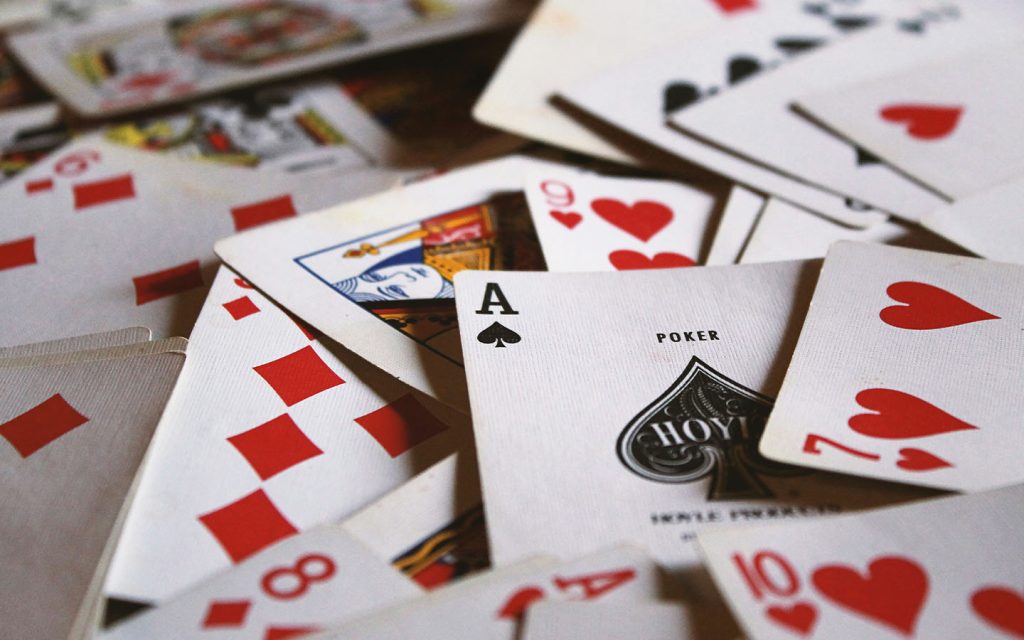
Like baccarat, fortune three-card poker favours the house.
The house edges at the ante are 3.37 percent, a sizable advantage that stems from the player being forced to make the first decision – fold or play – rather than the dealer.
While no strategy can change the odds in the bettor’s favour, fortune three-card poker isn’t entirely a game of luck, either.
Experts typically advise one strategy: based on statistical odds, the lowest hand you should play on is a queen, 6 and 4 (Q-6-4). Meaning, if your highest card is at least a queen, your second card at least a 6 and your lowest at least a 4, you’re advised to play. If it’s lower than that – a jack, seven and six, for example – bow out. Knowing that can limit unfavourable outcomes, but recall that the house still has the advantage over the player in any event.
[See more: Most gamblers intend to maintain or increase their Macao spends, survey says]
There’s also another type of bet called “pair plus,” and it’s incredibly popular in Macao.
Before hands are dealt, players can chase a bonus, betting that they will land a pair, flush, straight, three of a kind or straight flush. That means you’re betting on two games: the one against the dealer, and the lucky draw of the cards you receive.
Like the game itself, the pair plus bet is simple: place your money down and hope for the best. If you hit, you can get anywhere from 1 to 1 payouts for a pair to 40 to 1 for a straight flush.
Though the rewards may be tantalising, the odds of winning are low. In Macao, the house edge is 6.75% on pair plus bets.
That this bet offers large payouts and can seem to float on the winds of fortune might explain its popularity in Macao, where players often dream big.
